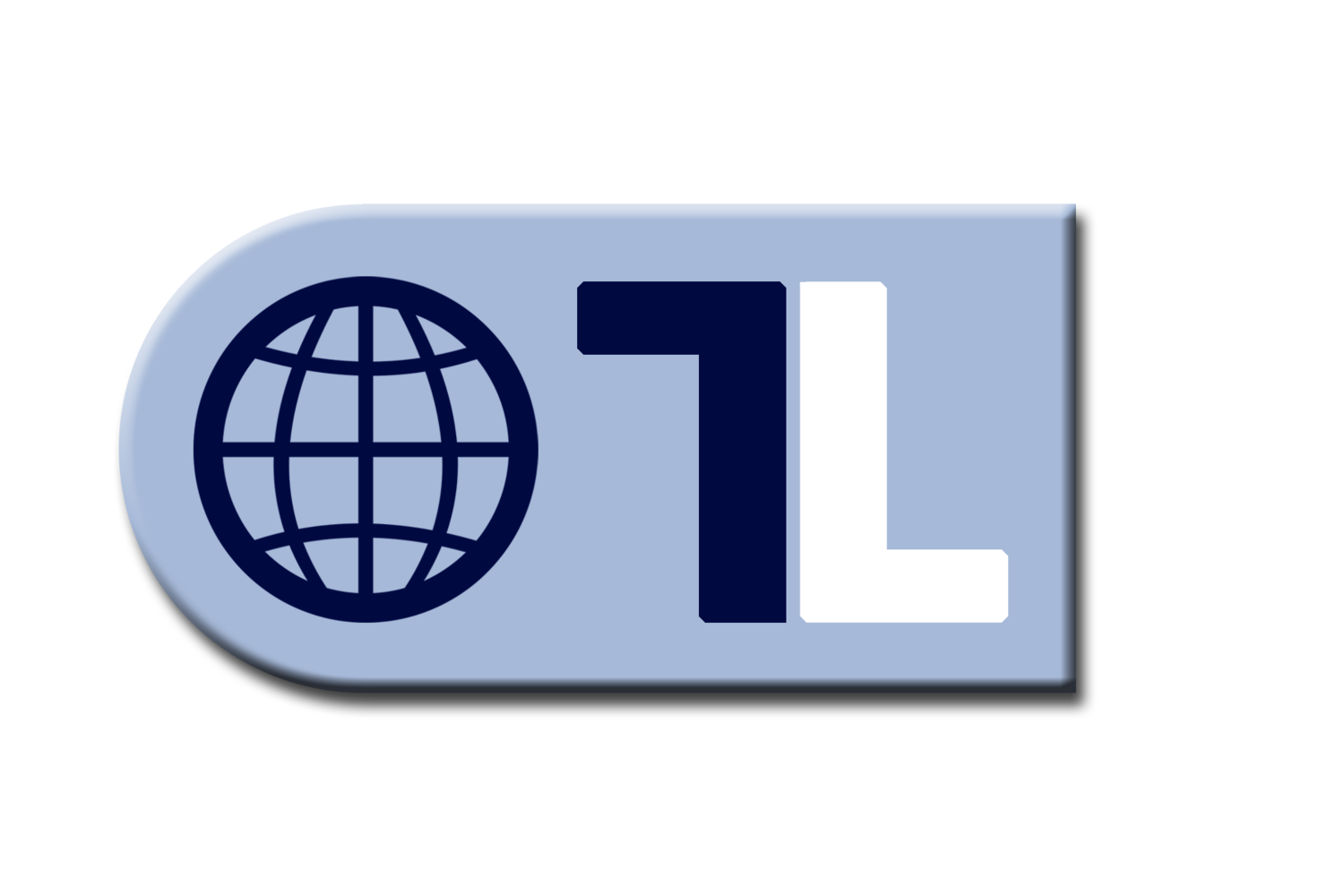Global Positioning System (GPS) technology has transcended its origins as a navigation aid, evolving into a cornerstone for precision and efficiency across various professional sectors. Understanding the nuanced technological aspects is crucial for professionals seeking to harness the full potential of GPS. In this exploration, we'll dissect the key elements, including satellite constellations, differential corrections, and industry-specific considerations.
GPS Technology and Hardware: Satellite Constellations and Accuracy
At the core of GPS functionality are satellite constellations. The global network comprises multiple satellites orbiting the Earth, creating a constellation that ensures widespread coverage. The United States' GPS constellation, with around 30 satellites, is the most renowned. In recent years, other global navigation satellite systems (GNSS) such as GLONASS, Galileo, and BeiDou have gained prominence, offering additional satellites and improved global coverage.
For professionals, the choice of a GPS device should consider compatibility with multiple constellations. A receiver that can access signals from various constellations enhances accuracy and reliability. Multi-constellation receivers are particularly beneficial in challenging environments, such as urban canyons or areas with obstructed sky views.
GIS (Geographic Information System): Integrating GPS Data and Differential Corrections
In Geographic Information Systems (GIS), the integration of GPS data is fundamental. Achieving optimal accuracy involves employing differential corrections. Satellite-Based Augmentation Systems (SBAS), such as WAAS (Wide Area Augmentation System) in the United States, EGNOS (European Geostationary Navigation Overlay Service) in Europe and SouthPAN in Australia), play a crucial role. These systems enhance GPS accuracy by transmitting correction signals to receivers, compensating for errors caused by atmospheric conditions.
Professionals in GIS should prioritize GPS devices that support SBAS, as well as Real-Time Kinematic (RTK) technology for high-precision applications. RTK enables centimetre-level accuracy by using a fixed base station to transmit correction signals to the rover (mobile) unit.
Fleet Management: Real-Time Tracking and Geofencing Precision
For fleet management, real-time tracking is paramount. The ability to monitor vehicles' positions with high accuracy enables efficient route planning and resource optimization. The use of multiple satellite constellations enhances tracking reliability, ensuring continuous coverage even in challenging environments.
Geofencing, a technique that creates virtual boundaries, relies on GPS accuracy to trigger alerts or actions when a vehicle enters or exits a predefined area. Professionals should opt for GPS solutions that provide geofencing capabilities with customizable parameters, allowing for precise monitoring and management of fleet movements.
Real-time tracking also serves as the foundation for optimizing routes and resources. The integration of advanced route and network optimization algorithms ensures not only accurate tracking but also enables businesses to streamline operations, minimize fuel consumption, and enhance overall efficiency.
Precision Agriculture: RTK and PPK Technologies for Field Precision
In precision agriculture, achieving accurate field mapping and equipment guidance requires advanced GPS technologies. Real-Time Kinematic (RTK) and Post-Processing Kinematic (PPK) are instrumental for centimeter-level accuracy. RTK technology, with a fixed base station transmitting correction signals, ensures real-time precision in the field.
Professionals in precision agriculture should consider GPS devices that support RTK and PPK, as well as compatibility with multiple satellite constellations. This ensures robust performance in various field conditions, contributing to optimal resource management and increased crop yields.
Surveying and Mapping: Centimeter-Level Accuracy with RTK and PPK
In surveying and mapping, precision is paramount. Real-Time Kinematic (RTK) and Post-Processing Kinematic (PPK) technologies are indispensable for achieving centimeter-level accuracy. RTK, with a base station providing correction signals, facilitates real-time data collection in the field. PPK allows for post-processing of data, providing high-precision results after the survey is complete.
Professionals should invest in GPS equipment that supports RTK and PPK, as well as additional satellite constellations beyond GPS. The ability to integrate GPS data seamlessly into mapping software ensures the creation of precise and detailed maps.
Asset Tracking: Continuous Monitoring and Battery Efficiency
For businesses managing valuable assets, continuous monitoring is essential. GPS devices that offer long battery life without compromising accuracy are crucial for asset tracking applications. The choice of satellite constellations and the ability to switch between them can impact battery consumption.
Professionals in asset tracking should prioritize GPS solutions that balance accuracy with power efficiency. Additionally, devices with advanced features such as low-power modes and adaptive tracking can extend battery life, ensuring uninterrupted monitoring of assets.
Aviation and Navigation: Reliability in Critical Situations
In aviation, reliability and accuracy are paramount. GPS navigation systems are standard in modern aircraft, providing precise positioning information for navigation and safety. The use of multiple satellite constellations enhances signal redundancy, reducing the risk of signal loss during flight.
Professionals in aviation should opt for GPS devices that meet stringent aviation standards and provide continuous and reliable signal reception. Enhanced features such as Automatic Dependent Surveillance-Broadcast (ADS-B) integration further contribute to airspace safety.
Construction and Engineering: RTK and PPK for Site Precision
In construction and engineering, achieving precision on the job site is critical. Real-Time Kinematic (RTK) and Post-Processing Kinematic (PPK) technologies play a pivotal role in ensuring centimeter-level accuracy. RTK facilitates real-time data collection for tasks such as grading and excavation, while PPK allows for post-processing to refine results.
Professionals in construction should invest in GPS devices that support both RTK and PPK, as well as offer compatibility with multiple satellite constellations. The ability to integrate GPS data with Building Information Modeling (BIM) software enhances project management and reduces errors.
Environmental Monitoring: GPS in Wildlife Tracking and Data Collection
For environmental monitoring, GPS technology aids in wildlife tracking and data collection. The choice of GPS devices influences the accuracy of movement patterns recorded in research and conservation efforts. In remote environments, the ability to store and forward data when satellite connectivity is limited becomes crucial.
Professionals in environmental monitoring should opt for GPS devices with robust data storage capabilities and efficient power management. Additionally, devices that support communication protocols for data transmission, such as Iridium satellite communication, ensure reliable data collection in challenging terrains.
Emergency Services: Rapid Deployment and Robust Connectivity
In emergency services, rapid deployment and robust connectivity are paramount. GPS technology facilitates accurate location-based services, enabling first responders to reach crisis situations swiftly. While sub-meter accuracy is often sufficient, reliable and continuous signal reception is critical.
Professionals in emergency services should prioritize GPS devices with fast acquisition times and enhanced sensitivity, ensuring a quick and stable satellite lock. Additionally, features such as rugged designs and compatibility with communication networks contribute to the effectiveness of GPS technology in emergency response scenarios.
The technological landscape of GPS in professional applications is diverse, with each sector demanding specific features and capabilities. Whether it's the precision of RTK in agriculture or the reliability of aviation-grade GPS in the skies, professionals must consider the nuances of satellite constellations, differential corrections, and industry-specific requirements to unlock the full potential of GPS technology. This can be daunting and when purchasing hardware, professionals run the risk of not meeting their needs, or conversely, over-investing. Staying informed about the latest advancements ensures that professionals can navigate their respective fields with confidence and precision.
If you need assistance in selecting the correct option for your profession, reach out to TerraLab.



